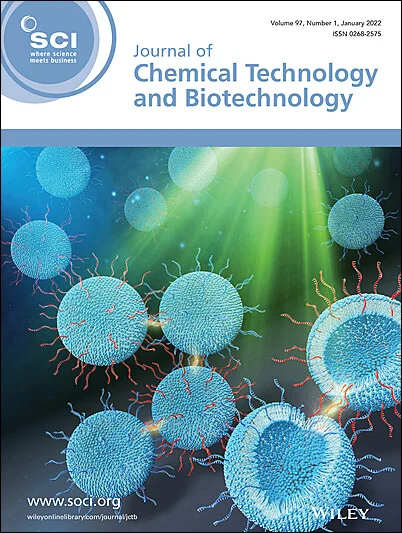Electrochemical studies of ytterbium doped Cu/Co nanoparticles synthesized by green fabrication using Callistemon viminalis leaves extract
Abstract
BACKGROUND
Utilization of phytochemicals for the preparation of metal oxides nanocomposites has been proven to be a best alternate of chemical synthesis methods. Here, we have extracted, isolated and characterized the phytochemicals of Callistemon viminalis plant extract and utilized them as biofuel in the synthesis of Cu/Co and doped Cu/Co nanoparticles. Callistemon viminalis has been shown to have reducing and stabilizing properties. The plant extracts contain a variety of bioactive substances, including tannins, vitamins, amino acids, saponins, inositol, alkaloids, flavonoids, and terpenes. The use of plant extracts in the synthesis of NPs is a quick, dependable, nontoxic, benign, environmentally friendly, and cost-effective method. Thus, in the present work, the Callistemon viminalis leaves extract a synthesis of Cu/Co nanoparticles and ytterbium doped Cu/Co nanoparticles, and these nanoparticles were characterized by optical properties (UV), Fourier transform infrared (FTIR), scanning electron microscopy (SEM), X-rays diffraction (XRD), and electrochemical application.
RESULTS
Synthesis of Cu/Co nanoparticles and ytterbium doped Cu/Co nanoparticles at room temperature have been successfully done using Callistemon viminalis aqueous leaf extract. Products were confirmed by conducting UV- visible spectrophotometry, FTIR, SEM, and XRD confirming the formation of cubic shaped Cu/Co nanoparticles of average diameter of 14 nm. The aqueous leaf extract acted as a capping agent and the existence of organic functional groups were confirmed by FTIR. Upon varying the Yb content in Cu/Co, the particle's size obtained from SEM showed a decrease in size. The band gap energies were also reduced with Yb doping. The stability of the produced NPs was investigated using linear sweep voltammetry LSV on this special and innovative metal oxide electrode. The LSV analysis has shown an elevation in the scan rate detection with an increase in voltage. 55.6 μA current was detected at 10 V for Cu/Co NPs. Ytterbium doped nanoparticles have shown 471.3 μ current voltage value at scan rate of 10 V. Observed value of current of synthesized Cu/Co NPs was 5.7 μA and the observed current of doped Yb(Cu/Co) was 12.5 μA. The increase in current values of dopant Cu/Co nanoparticles is due to the higher pore volume and surface area of copper, which promotes the transfer of electrons, so the current density is greater of the doped material than the composite NPs. The electrical resistivity of Cu/Co nanoparticles has shown a decline with elevation in current indicating its semiconducting nature.
CONCLUSION
In summary, biologically synthesized Cu/Co and ytterbium doped Cu/Co nanoparticles at room temperature have been successfully synthesized based on the greener approach using Callistemon viminalis aqueous leaf extract. The utilization of the Callistemon viminalis plant-mediated approach, which makes the procedure more affordable and environmentally benign than chemical synthesis, is one of the study's major contributions. © 2024 Society of Chemical Industry (SCI).

 求助内容:
求助内容: 应助结果提醒方式:
应助结果提醒方式:


